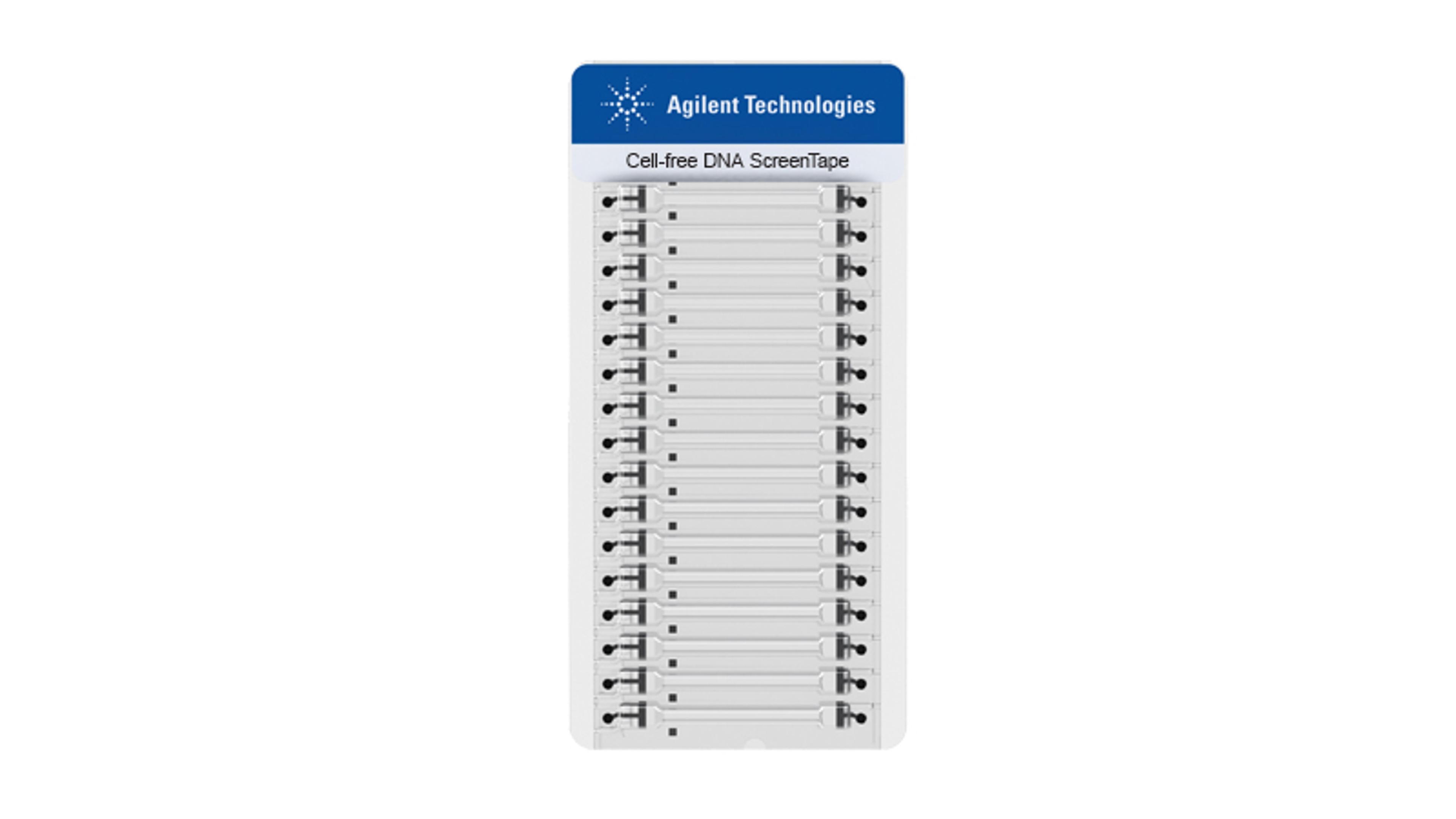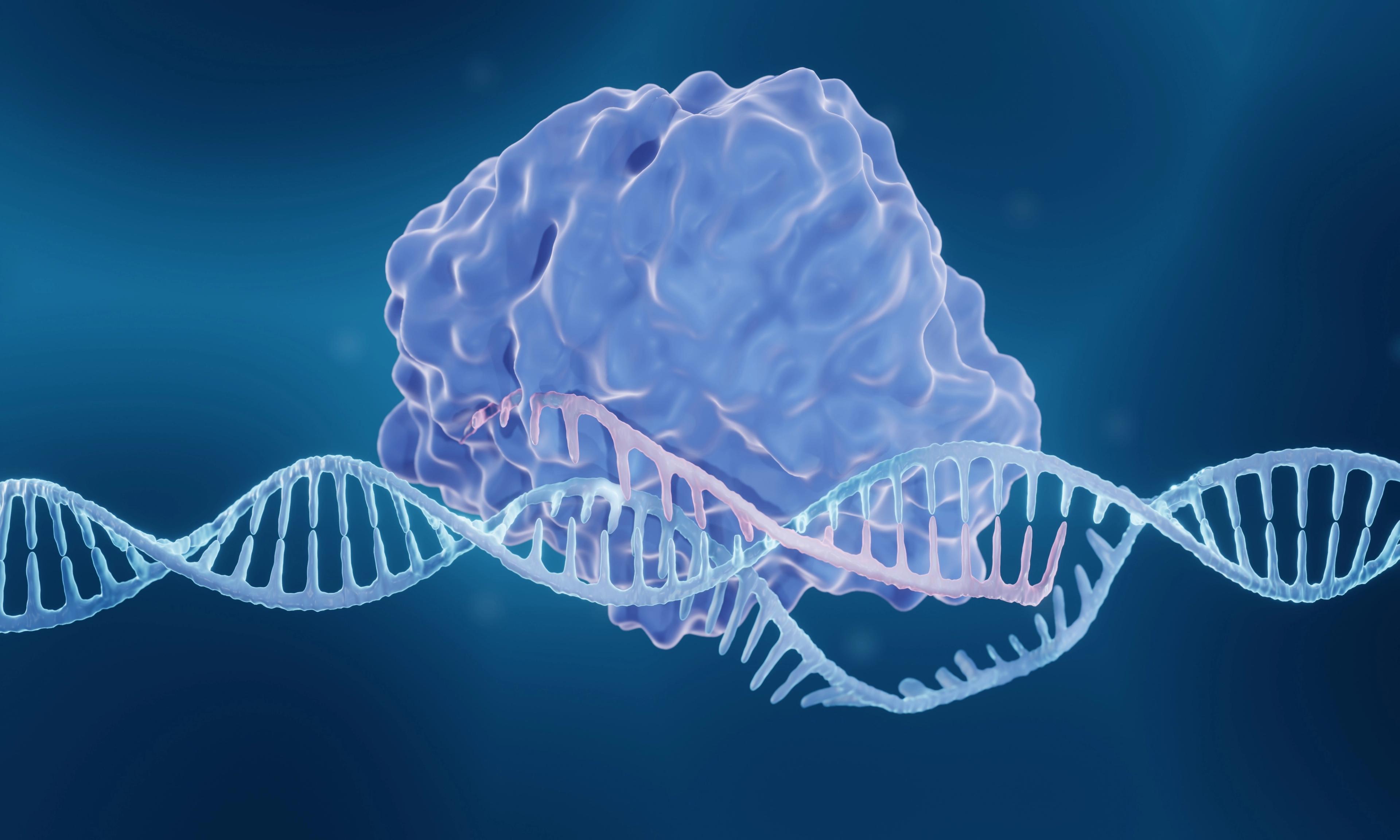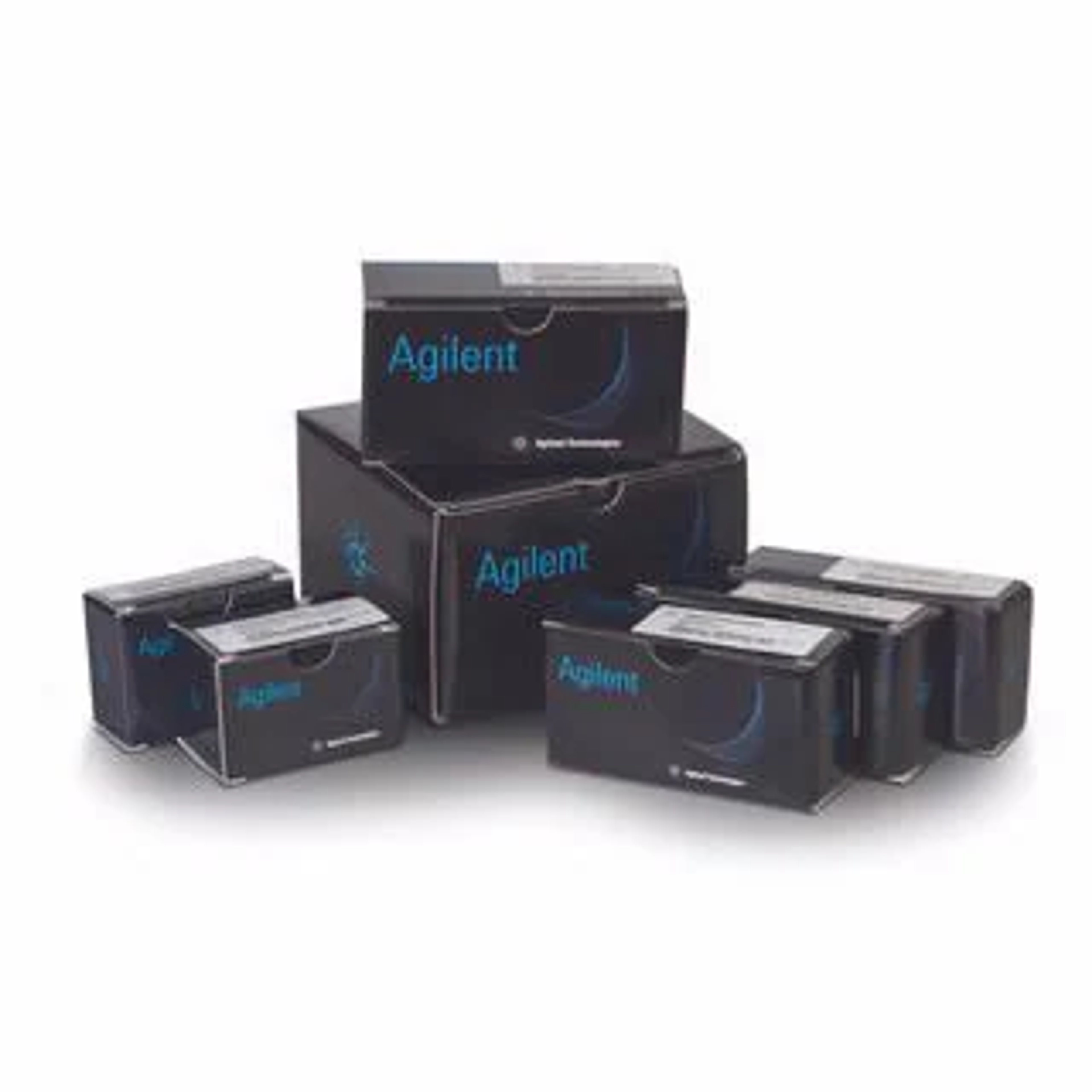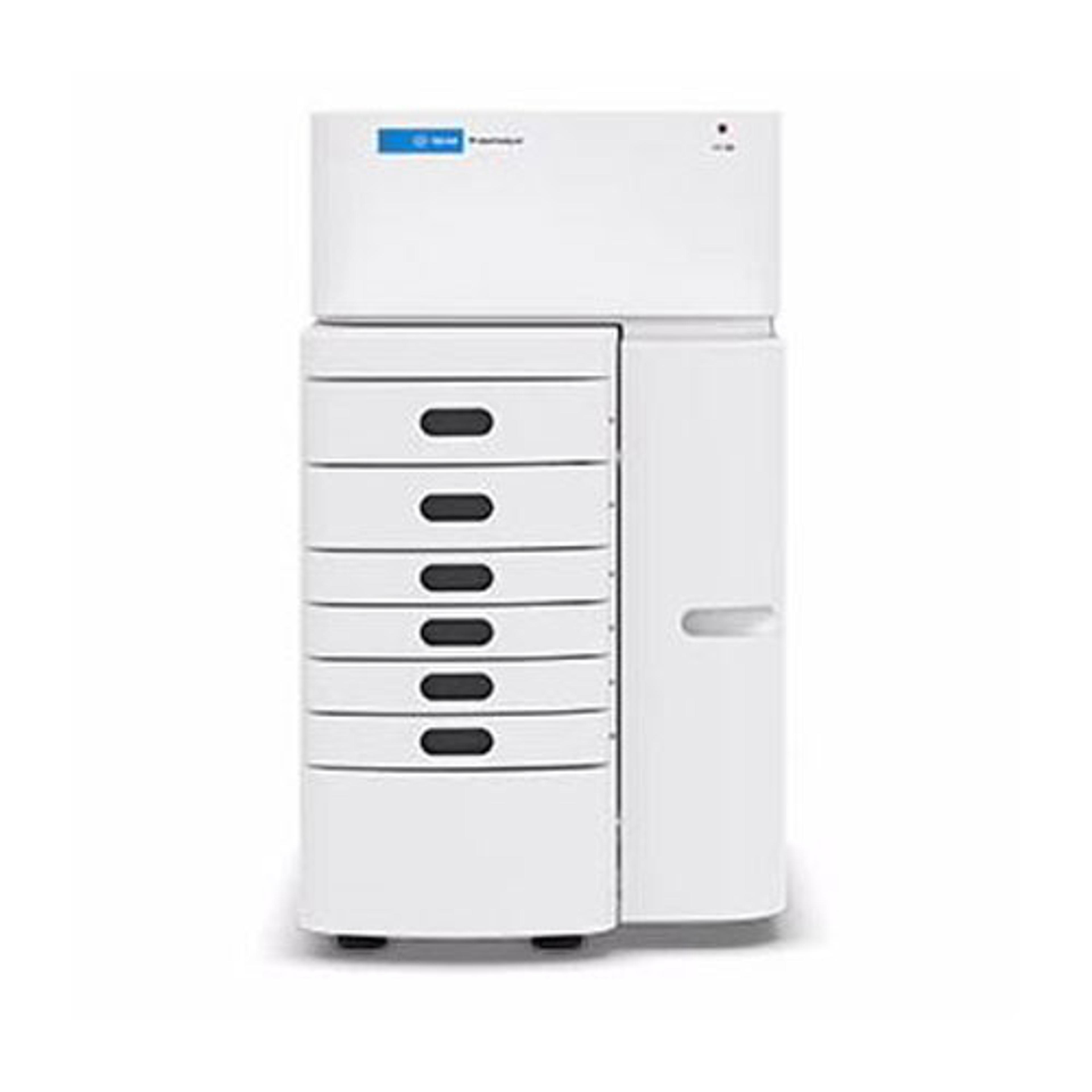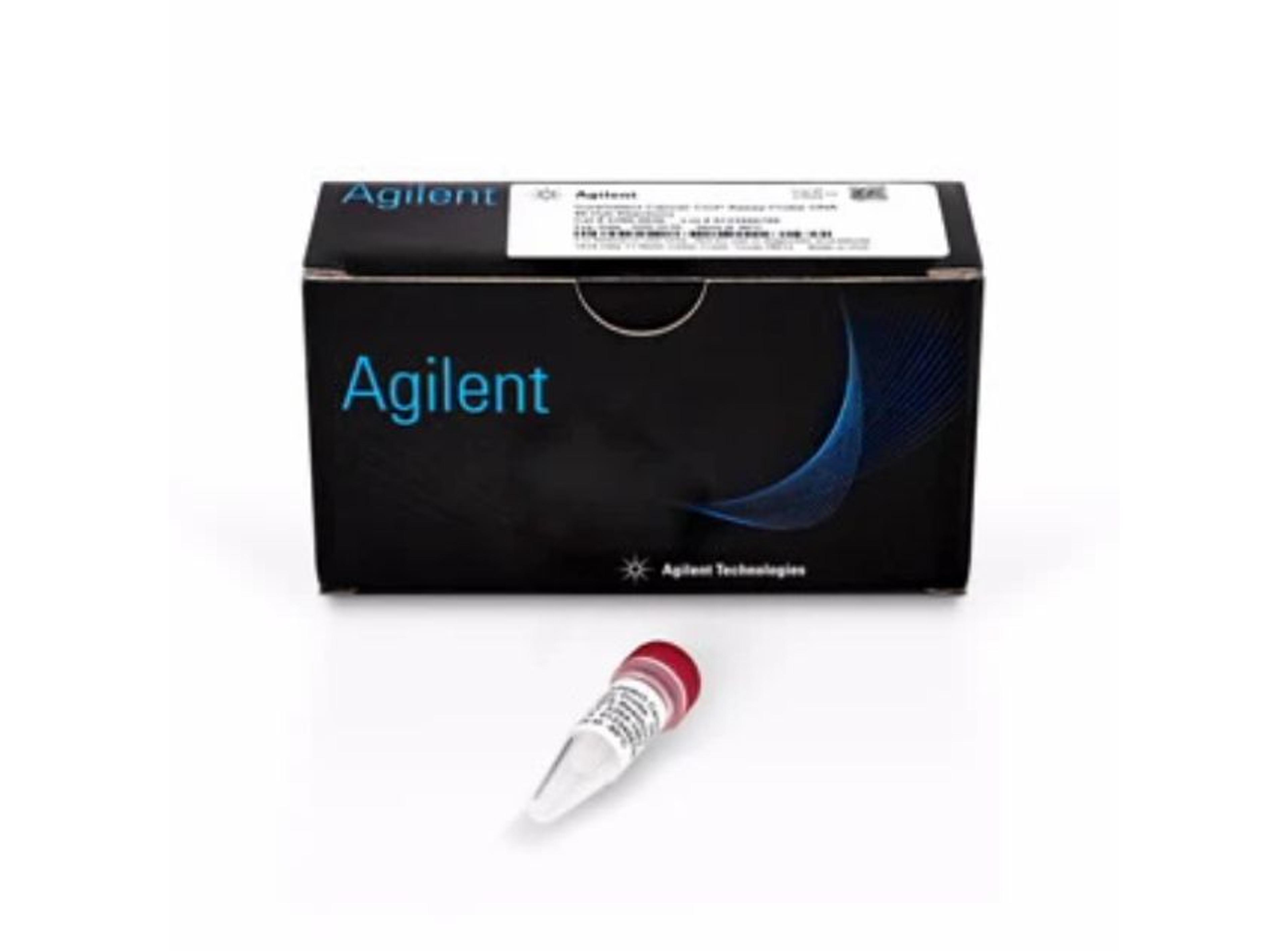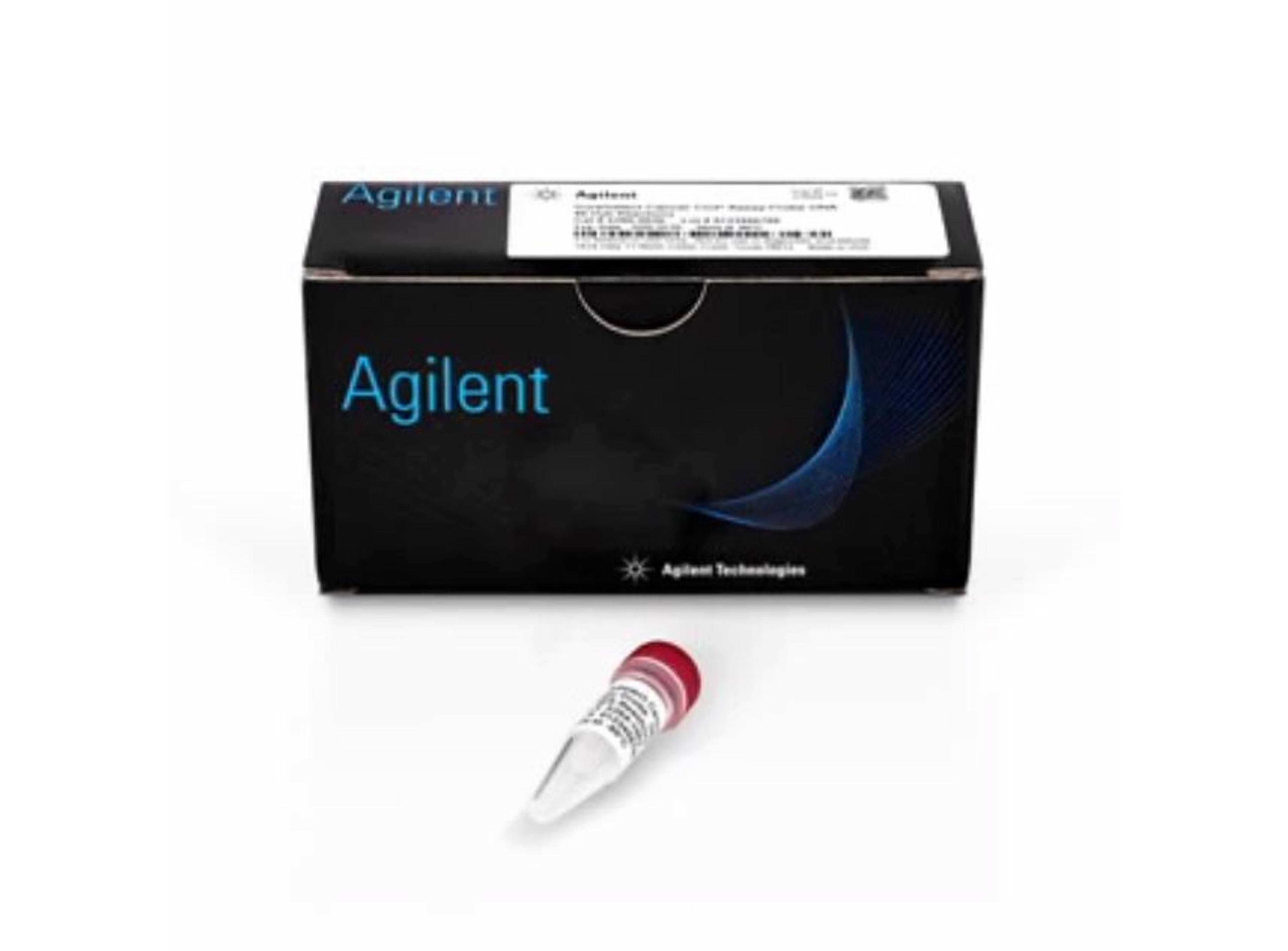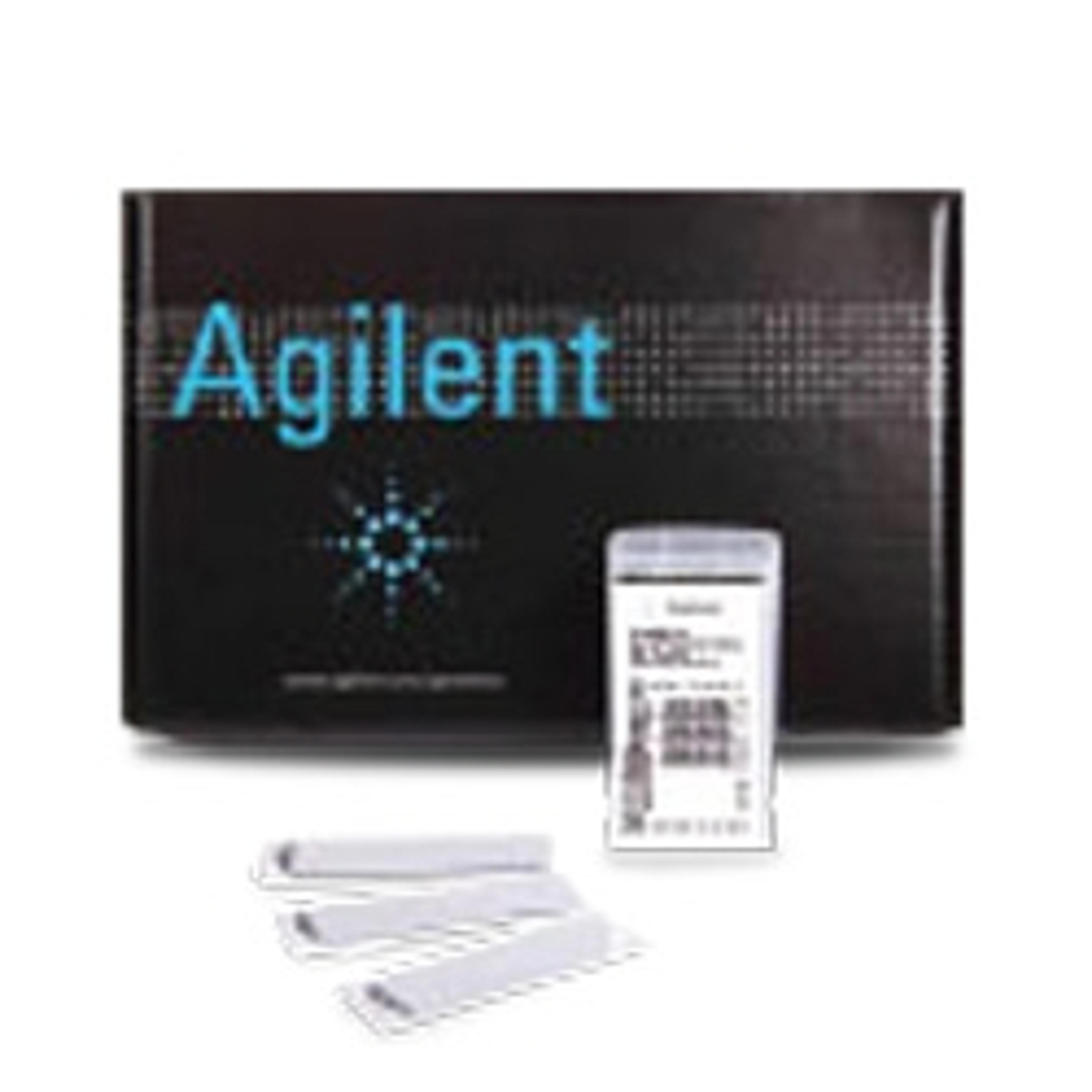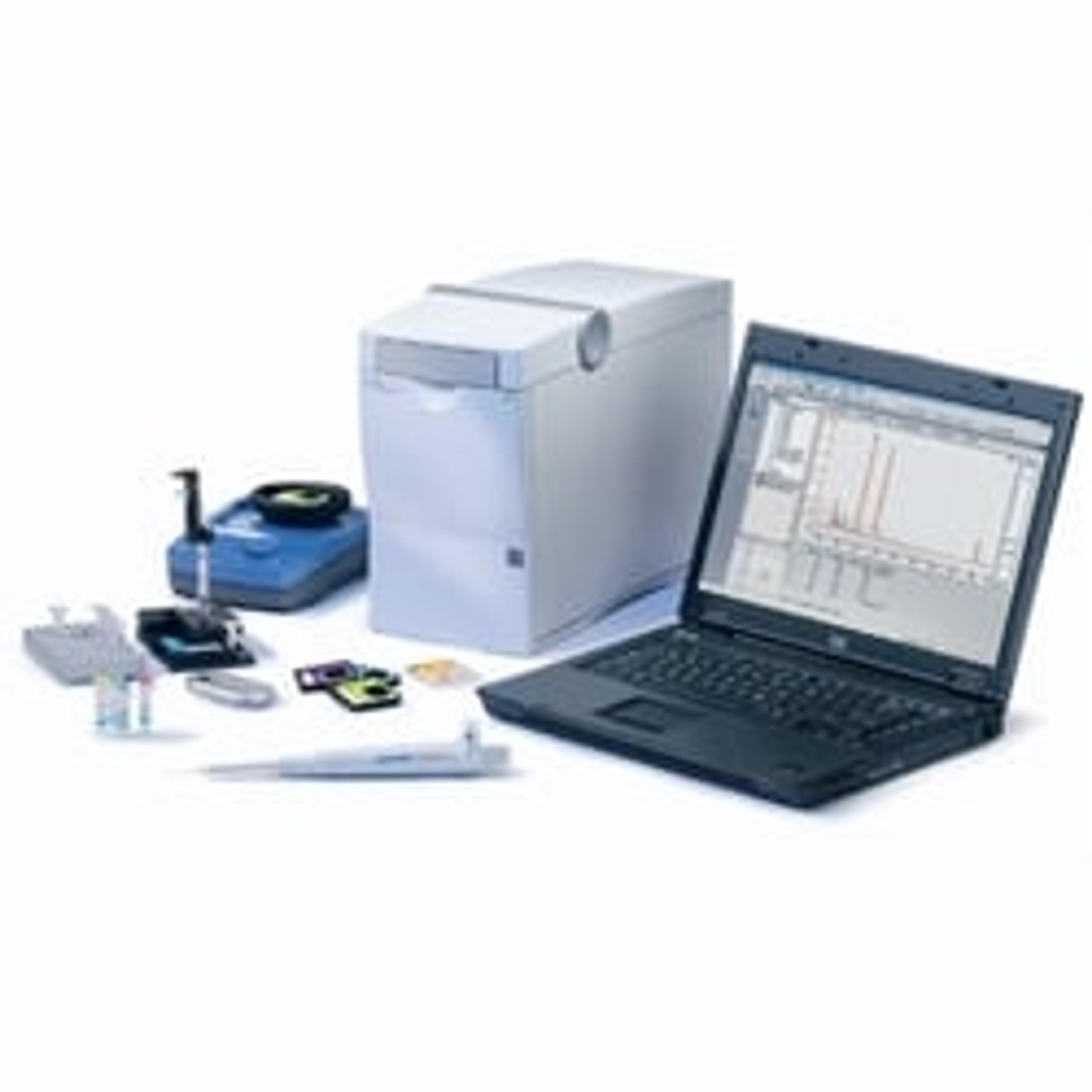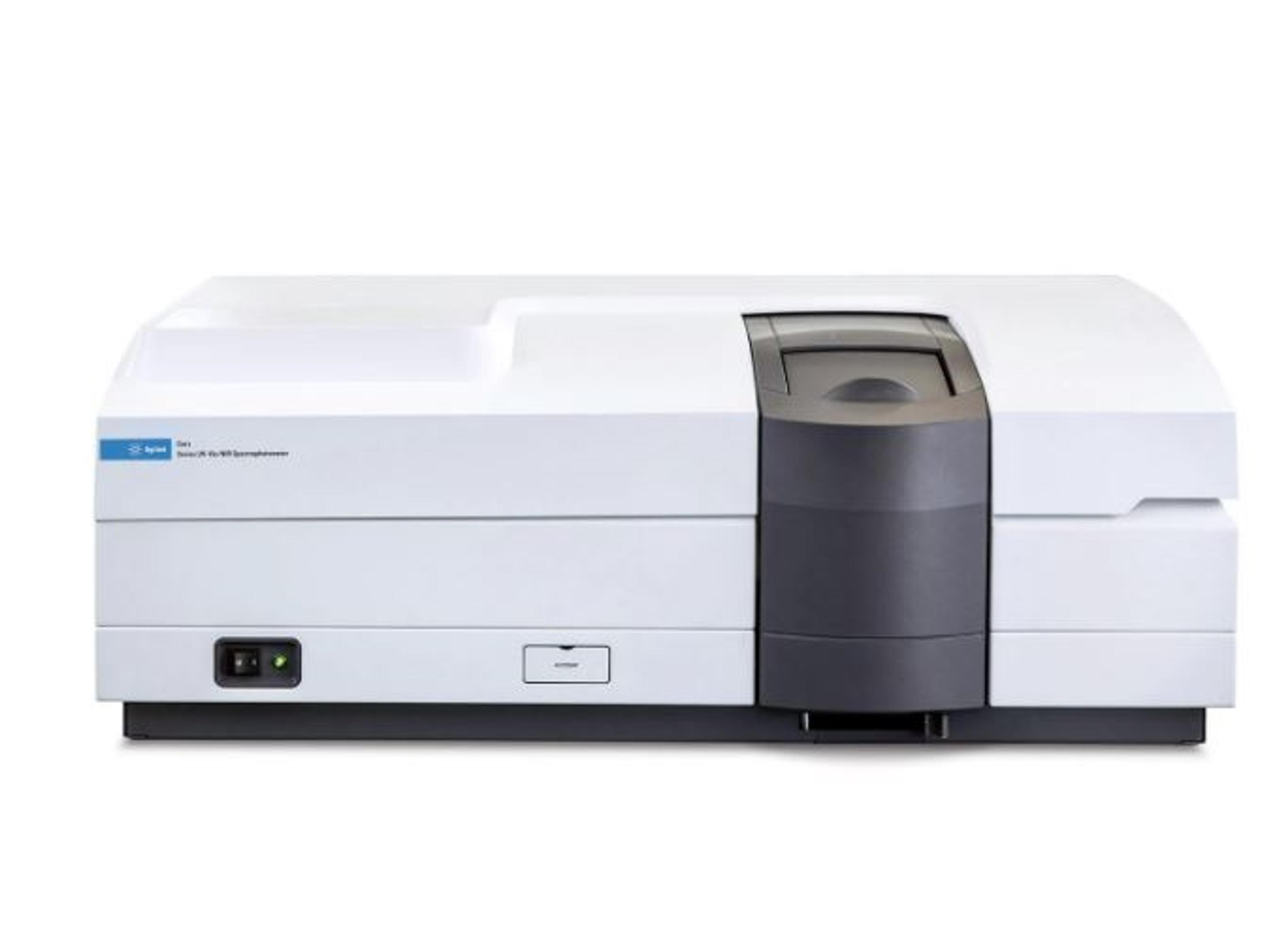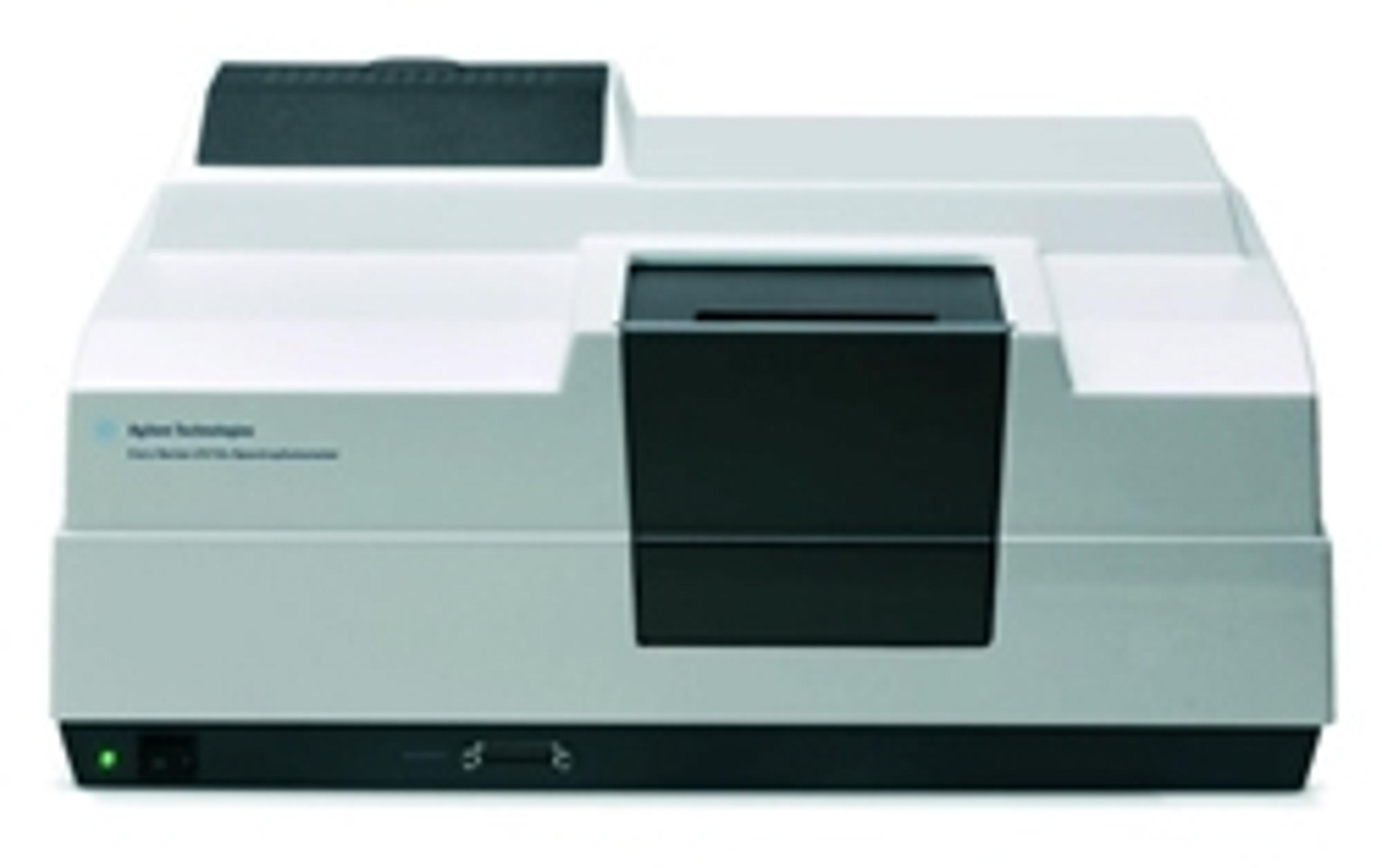pESC Yeast Epitope Tagging Vectors
The pESC vectors are a series of epitope-tagging vectors for expression of eukaryotic genes in the yeast S. cerevisiae. Each vector contains GAL1 and GAL10 yeast promoters in opposing orientations. With these vectors you can introduce one or two cloned genes into a yeast host strain under the control of an inducible promoter.
The pESC vectors are a series of epitope-tagging vectors for expression of eukaryotic genes in the yeast S. cerevisiae. Each vector contains GAL1 and GAL10 yeast promoters in opposing orientations. With these vectors you can introduce one or two cloned genes into a yeast host strain under the control of an inducible promoter. These vectors also feature an extensive polylinker sequence and the ability to generate end-specific RNA transcripts from T3 and T7 promoters. Each of the pESC vectors contains one of four different yeast-selectable markers (HIS3, TRP1, LEU2, or URA3) in the same vector backbone.
The pESC vectors contain DNA sequences coding for epitope peptides that can be specifically recognized by monoclonal antibodies. A sequence for the FLAG® epitope (DYKDDDDK) is located in the multiple cloning site (MCS) downstream of the GAL10 promoter; a sequence for the c-Myc epitope (EQKLISEEDL) is located in the MCS downstream of the GAL1 promoter. You can insert your gene of interest in front of the epitope sequence to generate C-terminal tagging or after the epitope sequence for N-terminal tagging. These tags allow the protein of interest to be studied without generating a specific antibody to that protein. The epitope-tagged fusion proteins can be studied in transformed cells using well-characterized antibodies.
- Express two different genes simultaneously in S. cerevisiae
- Proteins tagged with unique epitope tags
- Fast and easy immunoprecipitations
For Research Use Only. Not for use in diagnostic procedures





